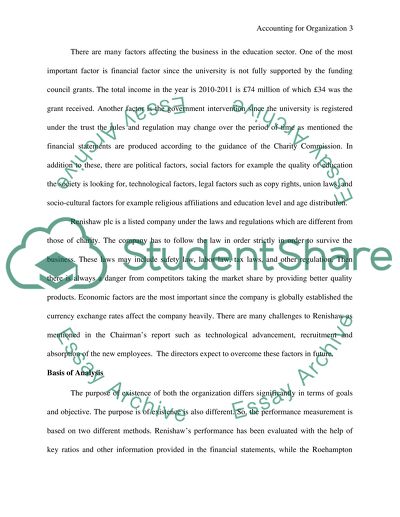Cite this document
(“Roehampton University and Renishaw plc: Accounting for Organisations Essay”, n.d.)
Roehampton University and Renishaw plc: Accounting for Organisations Essay. Retrieved from https://studentshare.org/finance-accounting/1466363-accounting-for-organisations
Roehampton University and Renishaw plc: Accounting for Organisations Essay. Retrieved from https://studentshare.org/finance-accounting/1466363-accounting-for-organisations
(Roehampton University and Renishaw Plc: Accounting for Organisations Essay)
Roehampton University and Renishaw Plc: Accounting for Organisations Essay. https://studentshare.org/finance-accounting/1466363-accounting-for-organisations.
Roehampton University and Renishaw Plc: Accounting for Organisations Essay. https://studentshare.org/finance-accounting/1466363-accounting-for-organisations.
“Roehampton University and Renishaw Plc: Accounting for Organisations Essay”, n.d. https://studentshare.org/finance-accounting/1466363-accounting-for-organisations.


